Case Study: Design Thinking and Academic Collaboration with HTSI to Enhance Customer Experiences
The Project
In February and March, we united with the HTSI School of Tourism Management, professor Daniela Freund, and her colleagues to work on a project for the AC Victoria Suites Barcelona Hotel by Marriott. Our main focus was on giving HTSI students the necessary skills to create professional, creative business proposals that the hotel could use to enhance customer experiences.
HTSI’s project comprised students in the school’s “Tourism for All” course for bachelor students majoring in Tourism at the university. The goal of the participating HTSI students was to develop experiences, products, and services designed to improve the hotel experiences of families with children diagnosed with ASD (autism spectrum disorder).

What We Did
For this project, we facilitated a design thinking and visual tool workshop sessions with HTSI hotel management students. In addition, we helped develop visual tools and activities to help students to work through the process:
- For empathizing with client and customer needs and understanding their environment and current interaction.
- That ideate and envision new customer experiences.
- To prototype the final solution based on previous observations and ideas.
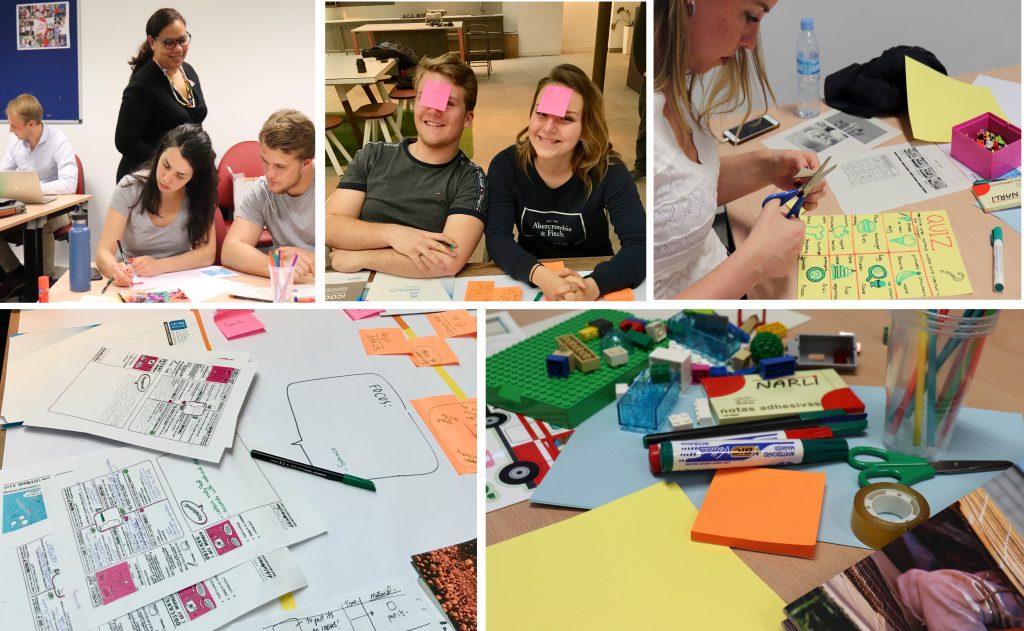
Visualizing and Empathizing with Client Needs
Alexandra Etel Rodriguez (CEO and Innovation Architect) led an ideation workshop at Factory 103. The workshop began with an icebreaking activity that required each student to draw a portrait of one other student. After everyone was engaged and comfortable with their new surroundings, Rodriguez taught the students how to utilize an empathy map that visually outlined the needs of both the customers (families) and the client (the hotel). As a result, students were able to see areas for improvement in customer experiences.
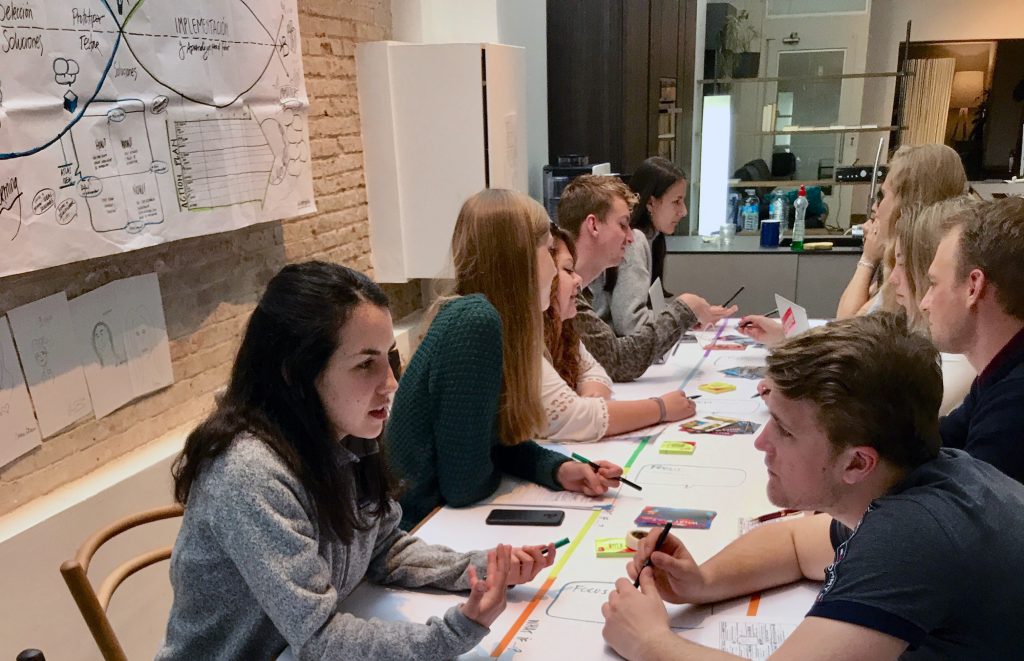
Creative Ideation
Once the students completed their empathy maps, they were then divided into groups of two. Rodriguez then told them to write down 10 ideas as to how the AC Victoria Suites could create a more inclusive environment for families with mentally disabled children. Finally, the pairs divided their ideas into different categories based on the different challenges they identified needed to be addressed.
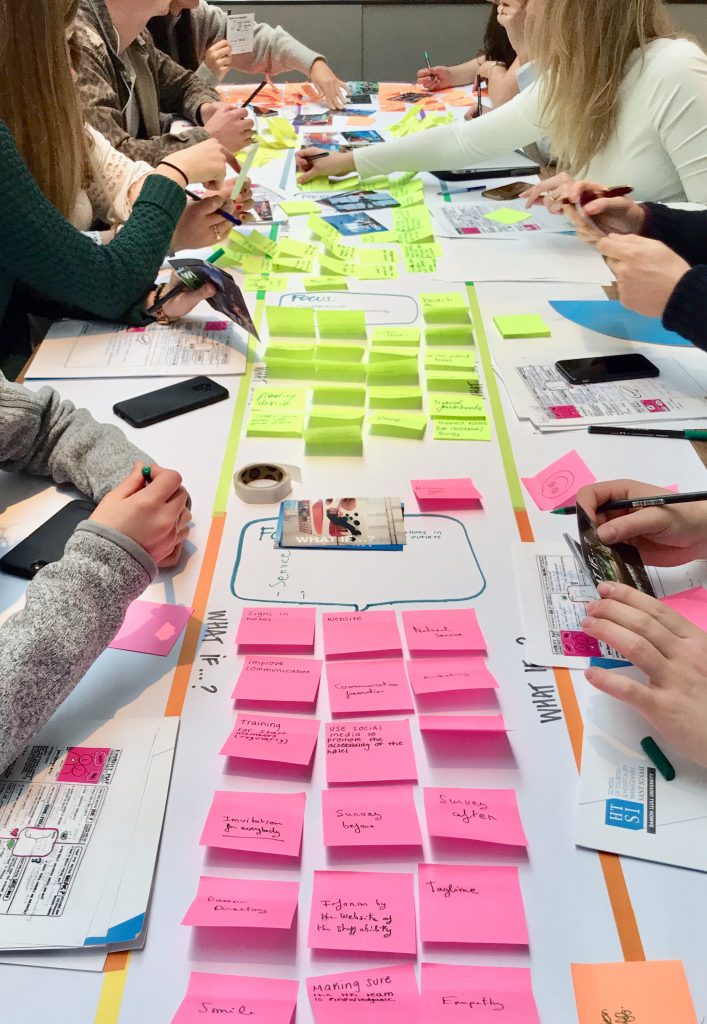
Promoting Lateral Thinking
Lateral thinking is a creative technique in which a person solves a problem with an indirect, creative approach that visualizes and addresses the problem in a unique manner. In order to promote lateral thinking among HTSI students, Alexandra led a “What if?” activity. For this activity, the students were required to attack their recent ideas from different angles. Then, they brainstormed solutions for a variety of potential problems, scenarios, and questions.
After the “What if?” exercise was completed, the group took turns reviewing each pair’s ideas. Next, they decided which of each pair’s respective 10 ideas showed the most promise and feasibility for the hotel. Once each pair knew what their strongest idea was, they were then instructed to revisit the empathy maps that they had created earlier. They then tailored them to fit their best ideas.
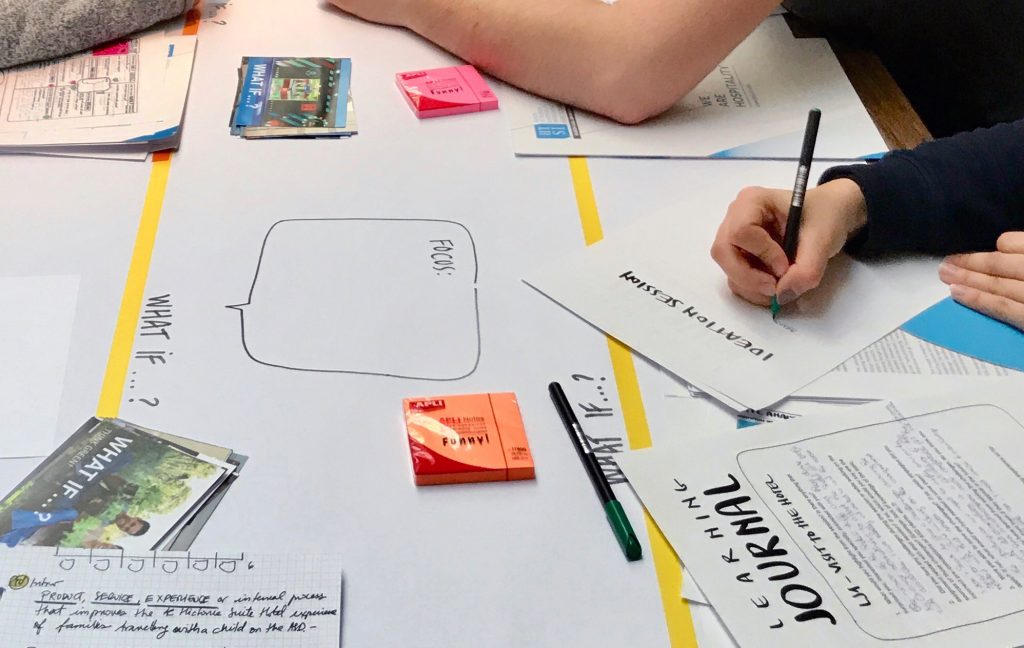
The Prototype
For the third phase of the design thinking workshop, the students utilized all the activities completed prior and created a prototype and business proposal of their chosen ideas.
How did the various workshop ideas help the HTSI students with their prototype proposals?
- The empathy maps they created helped them to visualize and explain their clients’ (the hotel) and their final users’ (the children and families) needs.
- The creative, inclusive environment fostered by Alexandra Etel helped them brainstorm new ideas and feel comfortable sharing these ideas with the rest of the group.
- Our “What if?” activity trained the students to address questions and worst-case scenario situations – a skill that is vital in the business world.
The Final Pitch
At the end of the design thinking process, the students gave their final pitch presentations to the rest of the group. The presentations explained their prototype or solution from start to finish, and they addressed multiple potential questions, issues, and threats regarding the idea. Once these presentations were completed, the students them submitted their ideas and prototypes to the hotel. These were presented to the hotel’s director and a jury to be reviewed, given feedback, and potentially even used by the hotel in the future!
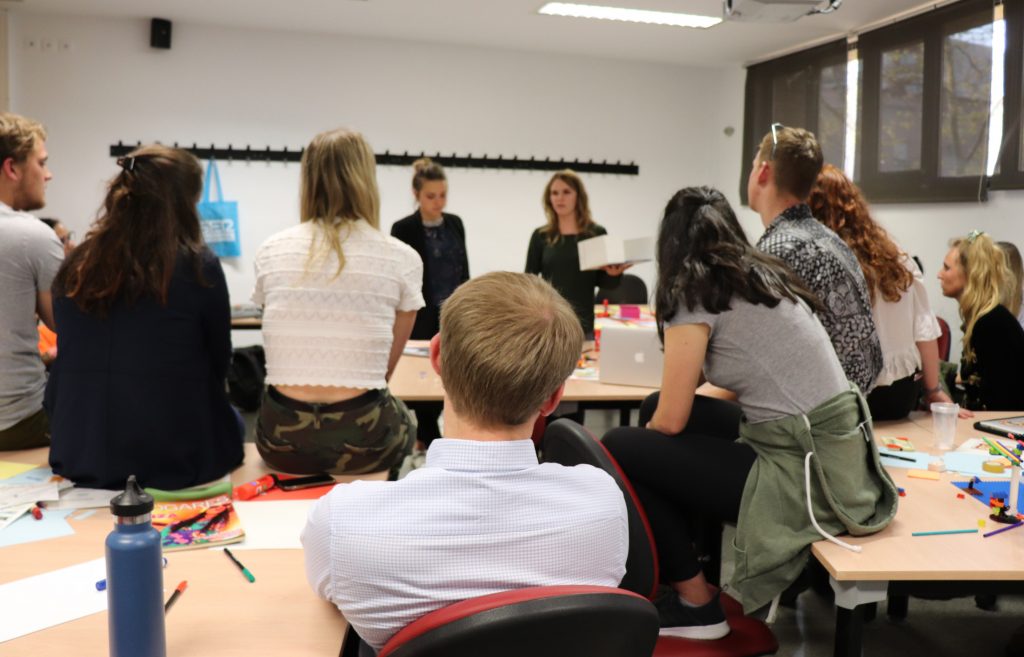
The Main Outcome
As a result of our facilitation and the students’ hard work, the hotel was left with multiple strong, feasible ideas for solutions, tools, and plans that are easy to implement. Moreover, each of these ideas aimed to enhance customers’ experiences. For example, one student created an interactive restaurant menu specifically tailored to fit the needs of children with ASD. The menu included engaging visuals of the different food options, games, and drawing space. These features aimed to enhance the experiences of both the child using it and the family managing the child. Another student designed a marketing strategy directed towards families with children living with a mental disability.
As we did in our workshop with Health Technology Assessment International (HTAi), we fostered an inclusive and creative environment among participating members.
Final Remarks
It was a joy to work with such motivated, creative, and enterprising students. We are excited to see which of their ideas will be implemented by AC Victoria Suites in the future and the improvements to the customer experiences they will make! Finally, we want to thank professor Daniela Freund for the invitation to work together on this challenge and leave a positive impact on society!
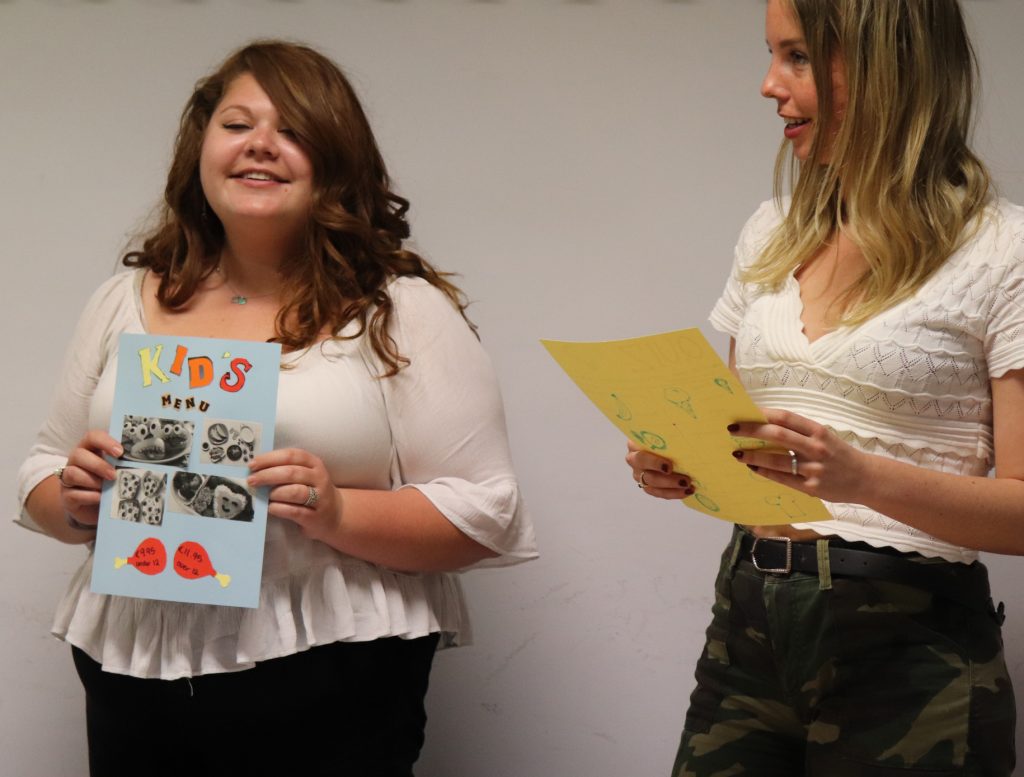
Design Thinking for a Creative and Collaborative Working Environment at HTAi
Real-Time Visual Storytelling at an FC Barcelona Event
You May Also Like
1 Comment
Leave a Comment
Cancelar la respuesta
Leave a Comment
Search For
Archive
Categories
- Circular Design
- Circular Design Thinking
- CoCreation
- CreativeGreenLAB
- Creatividad
- Creativity
- Design Thinking
- Do what you love
- Eco-friendly
- Experience Design
- Future
- Graphic recording
- Healthy
- InnoDesign
- InnoDesignKits
- InnoThink
- Innovación
- Innovation
- InnoVisual
- InnoVisual
- Positive Impact
- Sustainability
- Visual Storytelling
- Visual Thinking

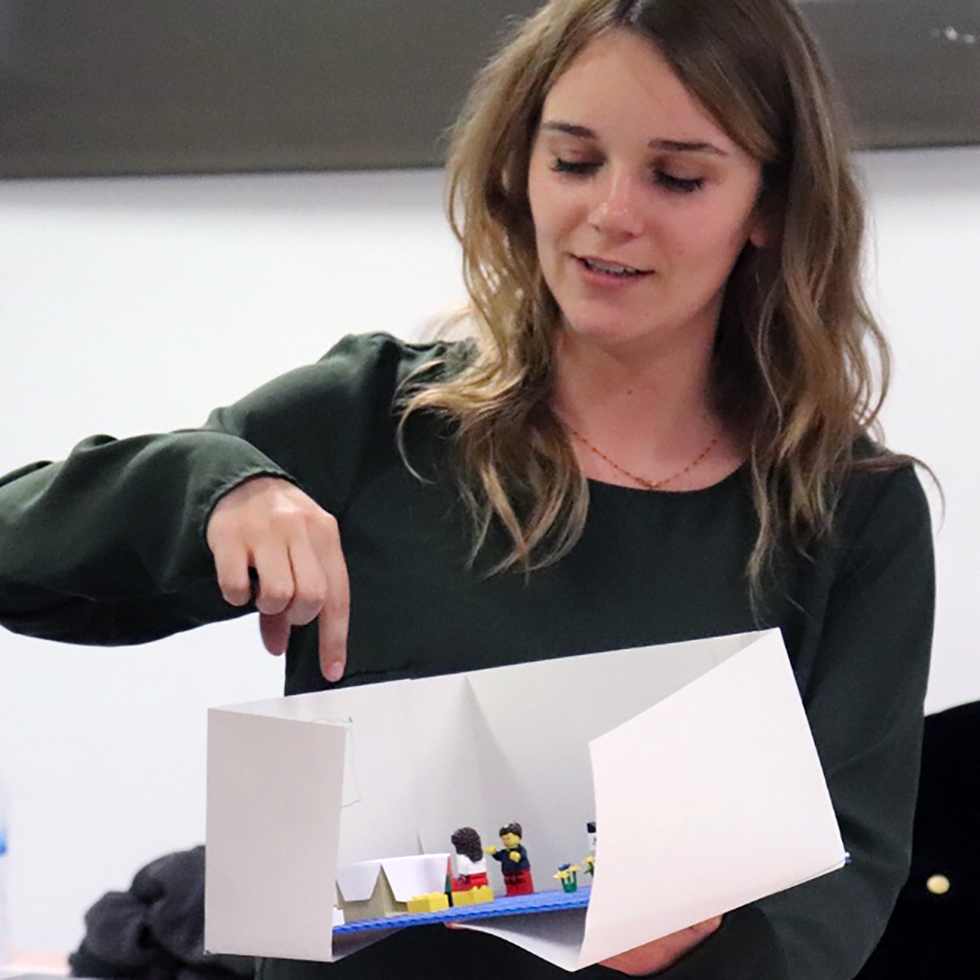
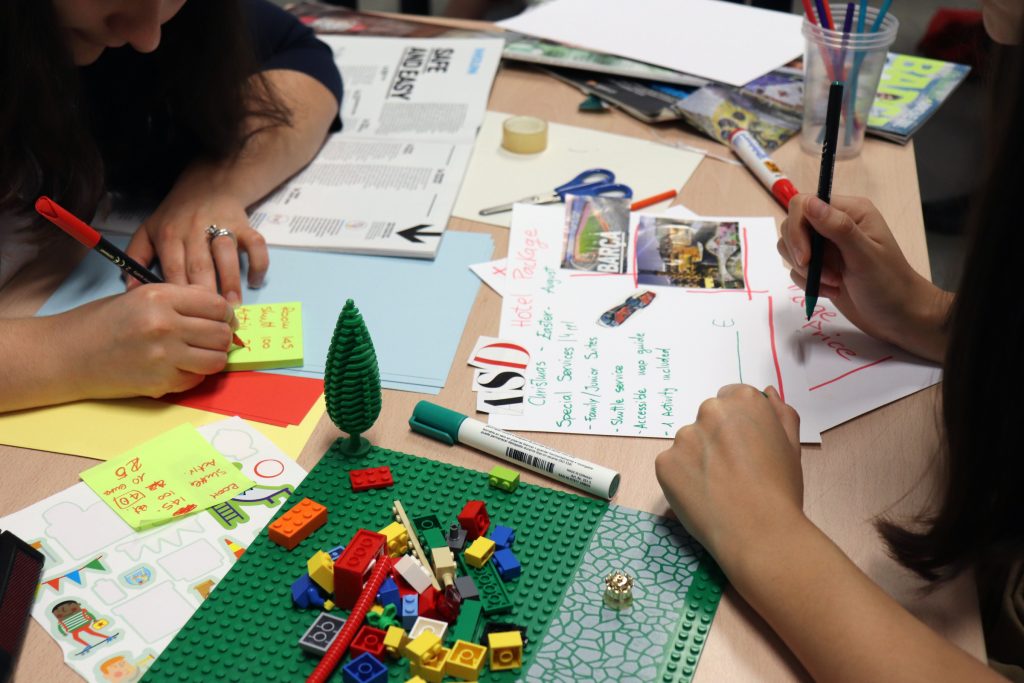
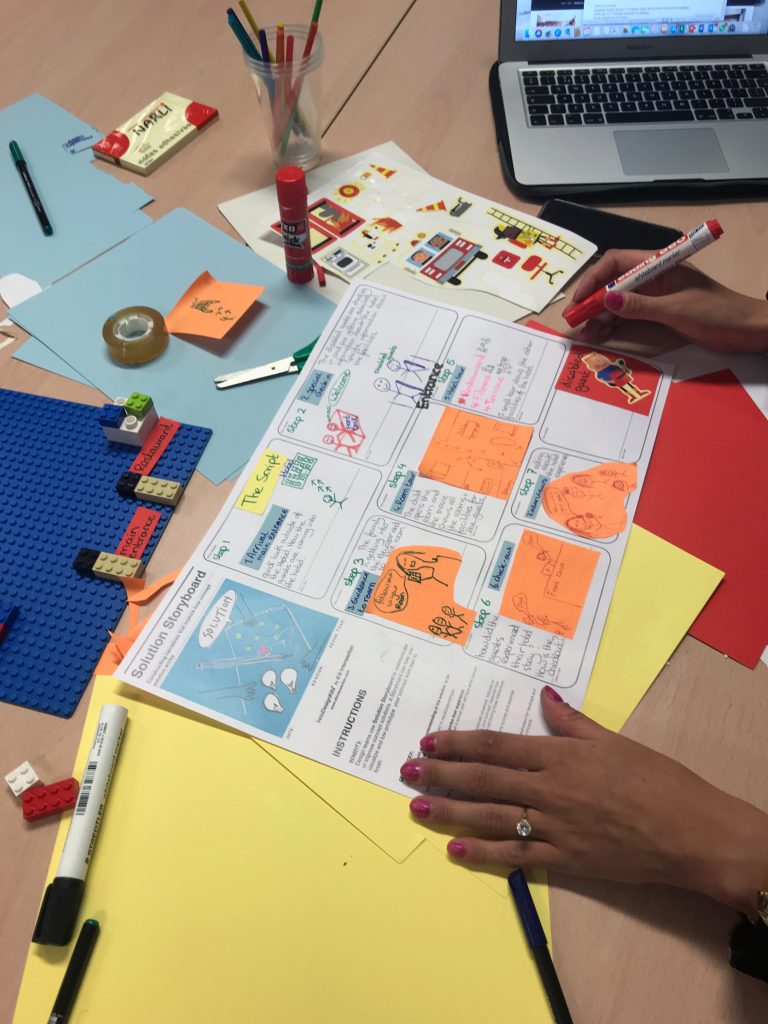
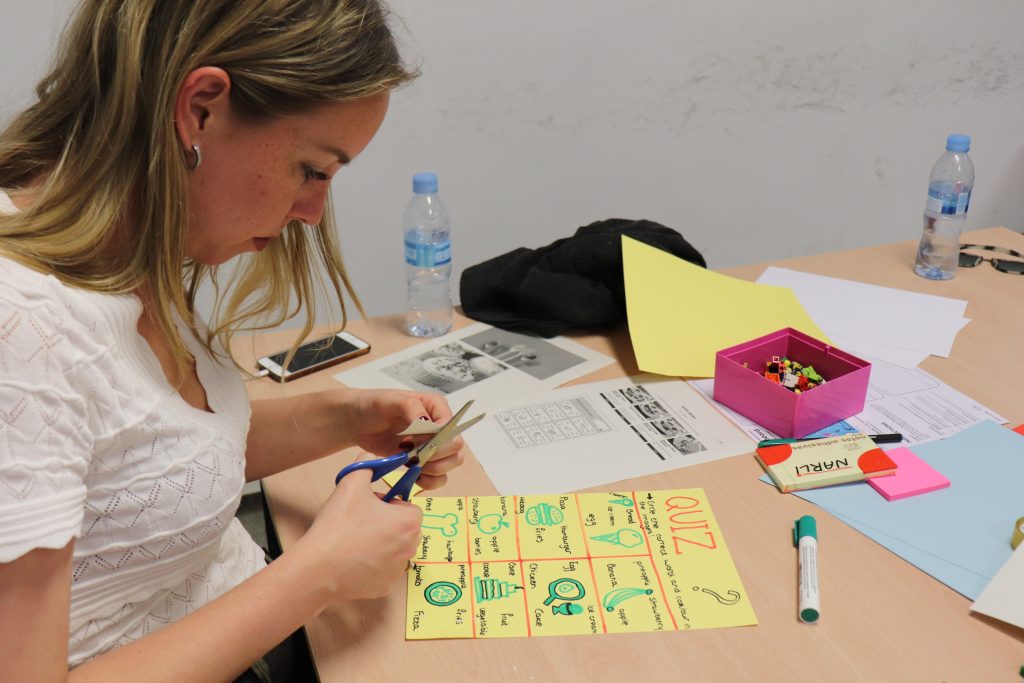
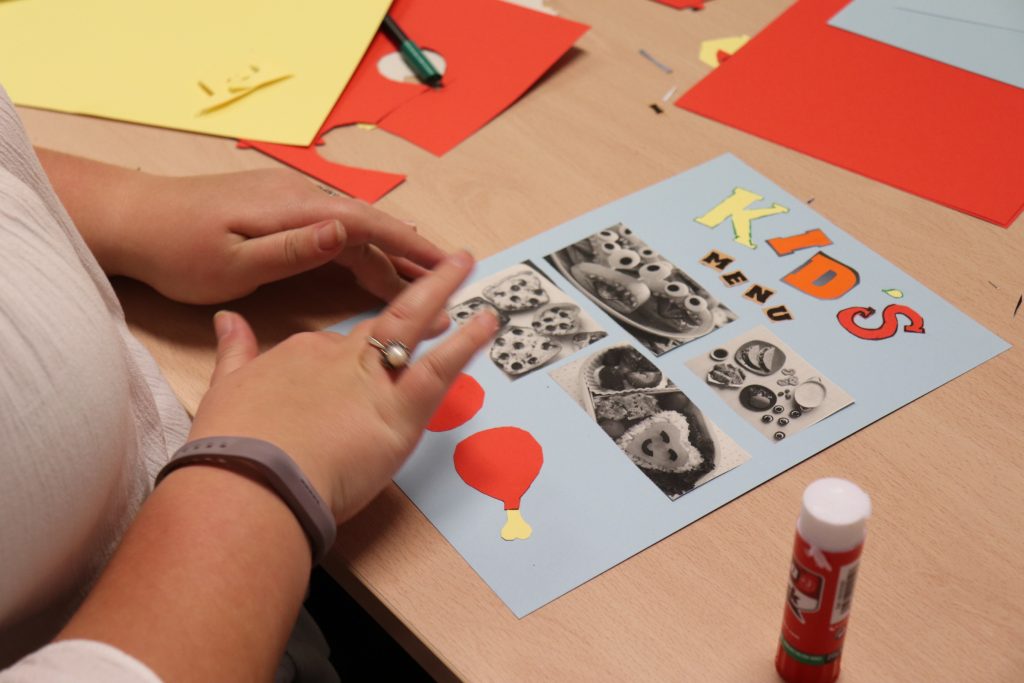
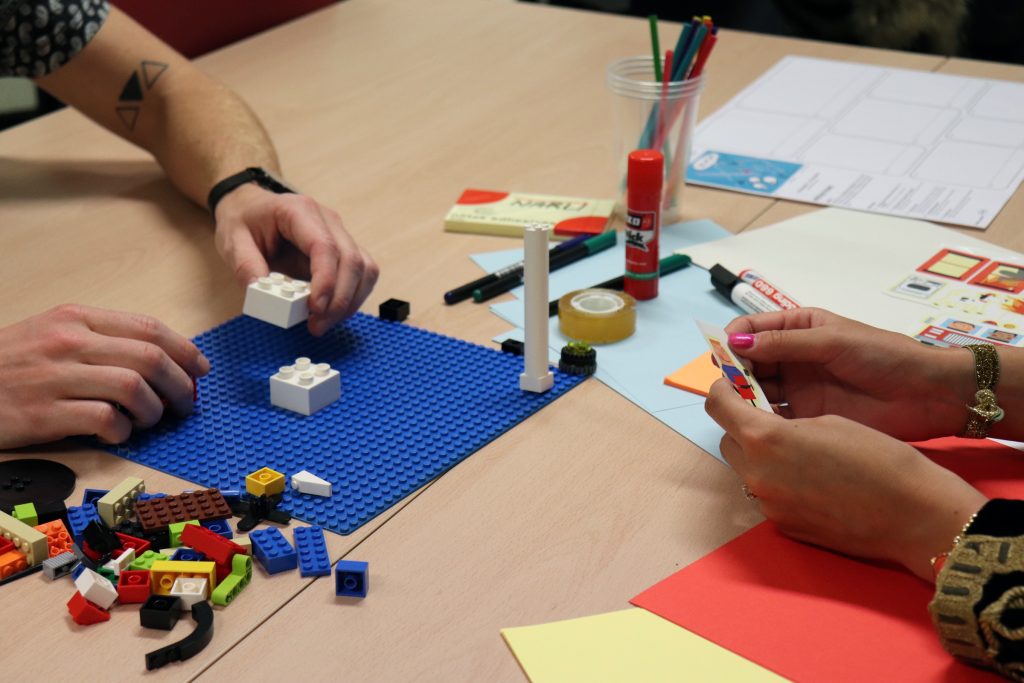
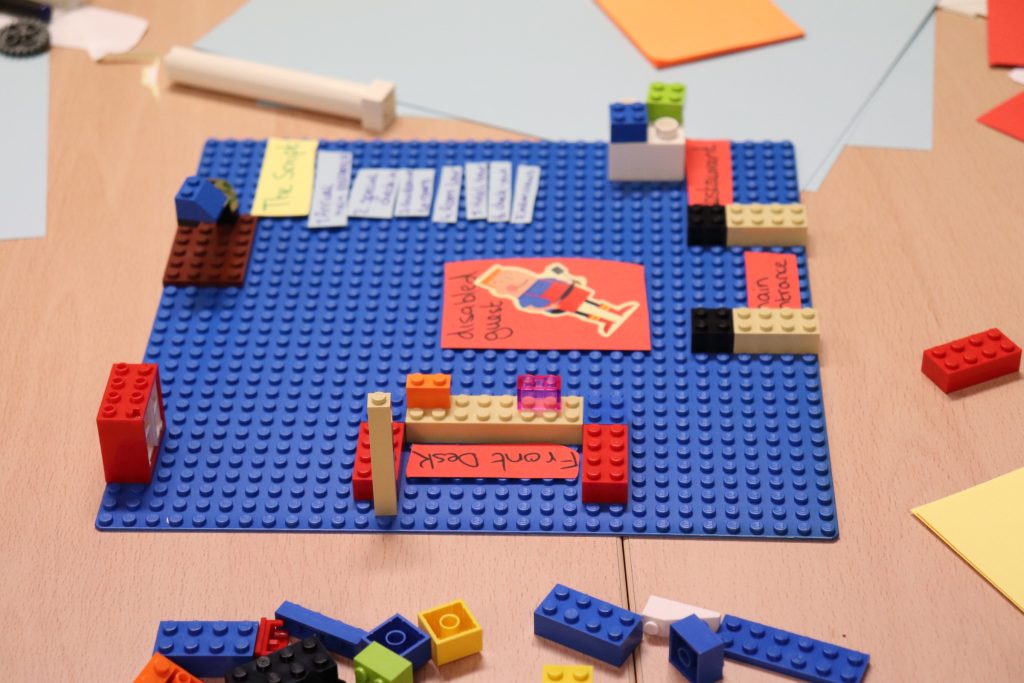
The importance of co-creating inclusive customer experiences at hotels. Your insights on diversity, accessibility, and cultural sensitivity offer valuable guidance for enhancing hospitality services. By prioritizing inclusivity, hotels can truly elevate guest satisfaction and foster a welcoming environment for all.